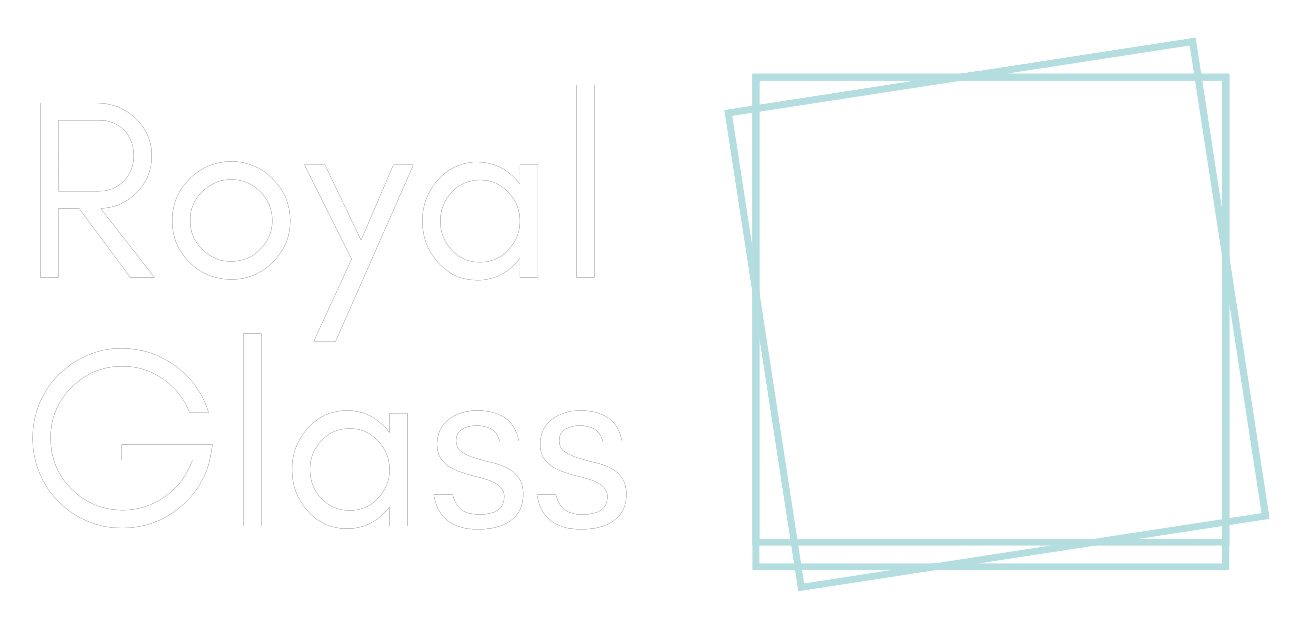Glass is a fascinating material with a wide range of types, each designed for specific purposes. Let’s take a closer look at some of the most common types of glass and their unique characteristics:
1. Float Glass
Float glass, also known as soda-lime glass, is the foundation of many modern glass products. It is manufactured from sodium silicate and calcium silicate, giving it its clear and flat appearance. Float glass is often used in shop fronts and public spaces due to its clarity and strength. It is available in thicknesses ranging from 2mm to 20mm and has a weight range of 6 to 36 kg/m2.
2. Shatterproof Glass
Shatterproof glass is a revolutionary material used in windows, skylights, and floors. It contains a layer of plastic polyvinyl butyral, which prevents it from forming sharp-edged pieces when broken, enhancing safety. This type of glass is essential in areas where safety is a top priority.
3. Laminated Glass
Laminated glass is a combination of layers of ordinary glass, offering increased thickness and durability. It is UV-proof and soundproof, making it ideal for applications such as aquariums and bridges. The lamination process also adds an extra layer of security, as the glass remains in place even when broken.
4. Extra Clean Glass
Extra clean glass is a game-changer in the world of glass. It features photocatalytic and hydrophilic properties, making it stain-proof and easy to clean. This type of glass not only looks beautiful but also requires minimal maintenance, making it ideal for modern living spaces.
5. Chromatic Glass
Chromatic glass is a versatile material used in ICU’s, meeting rooms, and other spaces where light control is essential. It comes in various types, including photochromic, thermochromic, and electrochromic, each offering unique light-controlling properties. Chromatic glass allows you to control the amount of light entering a space, enhancing comfort and energy efficiency.
6. Tinted Glass
Tinted glass is a creative twist on traditional glass. By adding color-producing ingredients to the glass mix, manufacturers can create colored glass without compromising its structural integrity. Tinted glass is available in various colors, allowing for endless design possibilities.
Table 1: Different Types of Ions Used to Produce Various Colors in Glasses
| Coloring ion | Color |
| Iron oxide | Green |
| Sulphur | Blue |
| Manganese dioxide | Black |
| Cobalt | Blue |
| Chromium | Dark green |
| Titanium | Yellowish brown |
| Uranium | Yellow |
7. Toughened Glass
Toughened glass, also known as tempered glass, is a durable glass with low visibility. When broken, it forms small granular chunks, reducing the risk of injury. This type of glass is ideal for applications such as fire-resistant doors and mobile screen protectors, where safety is paramount.
8. Glass Blocks
Glass blocks, or glass bricks, are architectural wonders that add a touch of elegance to any space. They are manufactured by pressing and annealing two halves together during the glass melting process. Glass blocks provide aesthetic appeal and allow light to pass through, creating beautiful patterns and designs.
9. Glass Wool
Glass wool is a versatile material made of glass fibers. It acts as an insulating filler, providing warmth and comfort in cold climates. Glass wool is also fire-resistant, making it a safe choice for insulation purposes.
10. Insulated Glazed Units
Insulated glazed units are a modern marvel in glass technology. They consist of two or three layers of glass separated by air or vacuum, providing excellent insulation properties. These units are also known as double glazed units and are ideal for improving energy efficiency in buildings.
In conclusion, the world of glass is vast and diverse, offering a wide range of options for various applications. Whether you’re looking for strength, safety, or aesthetic appeal, there’s a type of glass that’s perfect for your needs. Contact Royal Glass for your glass needs by sending an email to info@royalglass.co.nz or by calling 0800 769 254.













